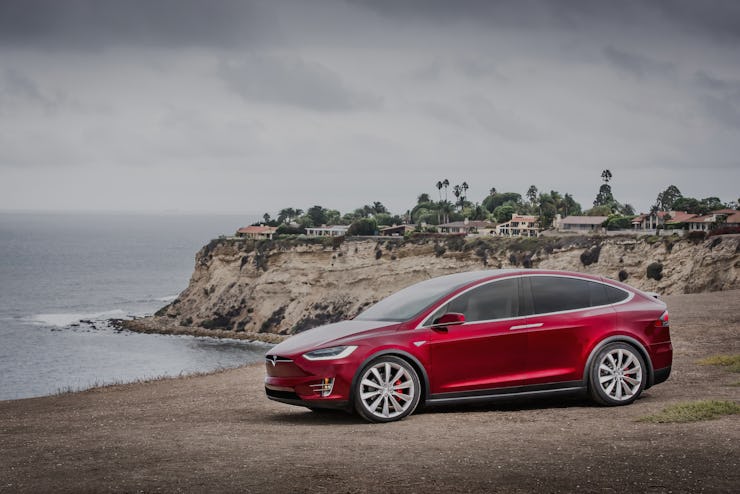Tesla issued a statement on Tuesday about last week’s Model X crash currently under investigation in California, where a driver died on Highway 101. His SUV crashed into an impact attenuator — a dividing barrier that can crumple and absorb the force of an oncoming vehicle — that was shortened due to a previous crash and never replaced. The vehicle collided with the under-protected barrier and was struck by two other vehicles, killing the Model X driver. The U.S. National Transportation Safety Board claimed it is currently “unclear if automated control system was active at the time of the crash.”
Tesla has said it does not yet know what caused the fire, as the extensive fire damage has made it harder to retrieve the logs. The crash, where the car suffered the highest damage levels the company had ever seen, was made more severe by the fact the crash attenuator safety barrier was missing for as-yet unclear reasons. The car’s battery design also meant the fire spread slowly, which eyewitnesses state happened in this instance too. The company also claimed that a gas-powered car driven in the U.S. is five times more likely than a Tesla car to experience a fire.
Tesla also shared details about the Autopilot semi-autonomous driving system’s safety record. Tesla owners have driven along the same road as the crash with Autopilot engaged around 85,000 times since 2015, 20,000 times since the start of the year, and around 200 times every day. The company is unaware of any of these instances leading to a crash. A U.S. government review also found that the system reduces crash rates by 40 percent overall.
It’s not the first time Autopilot has come under scrutiny after a crash. In June 2016 the National Highway Traffic Safety Administration started an investigation into a Tesla Model S operating in Autopilot mode that crashed into a trailer, killing the driver. The authority concluded the investigation by clearing Tesla of any fault in the crash.
Out of respect for the families involved, the company stated that it would not provide any further information until the end of the investigation.
Autonomous car safety is an ever-increasing area of concern, and it’s not just Tesla under the spotlight. Earlier this month, an Uber car operating in full autonomy mode killed a woman in Arizona, leading the company to pause its program. Correction: This story has been updated to reflect that the vehicle first collided with the barrier and then two other vehicles subsequently struck it. Inverse regrets the error.
